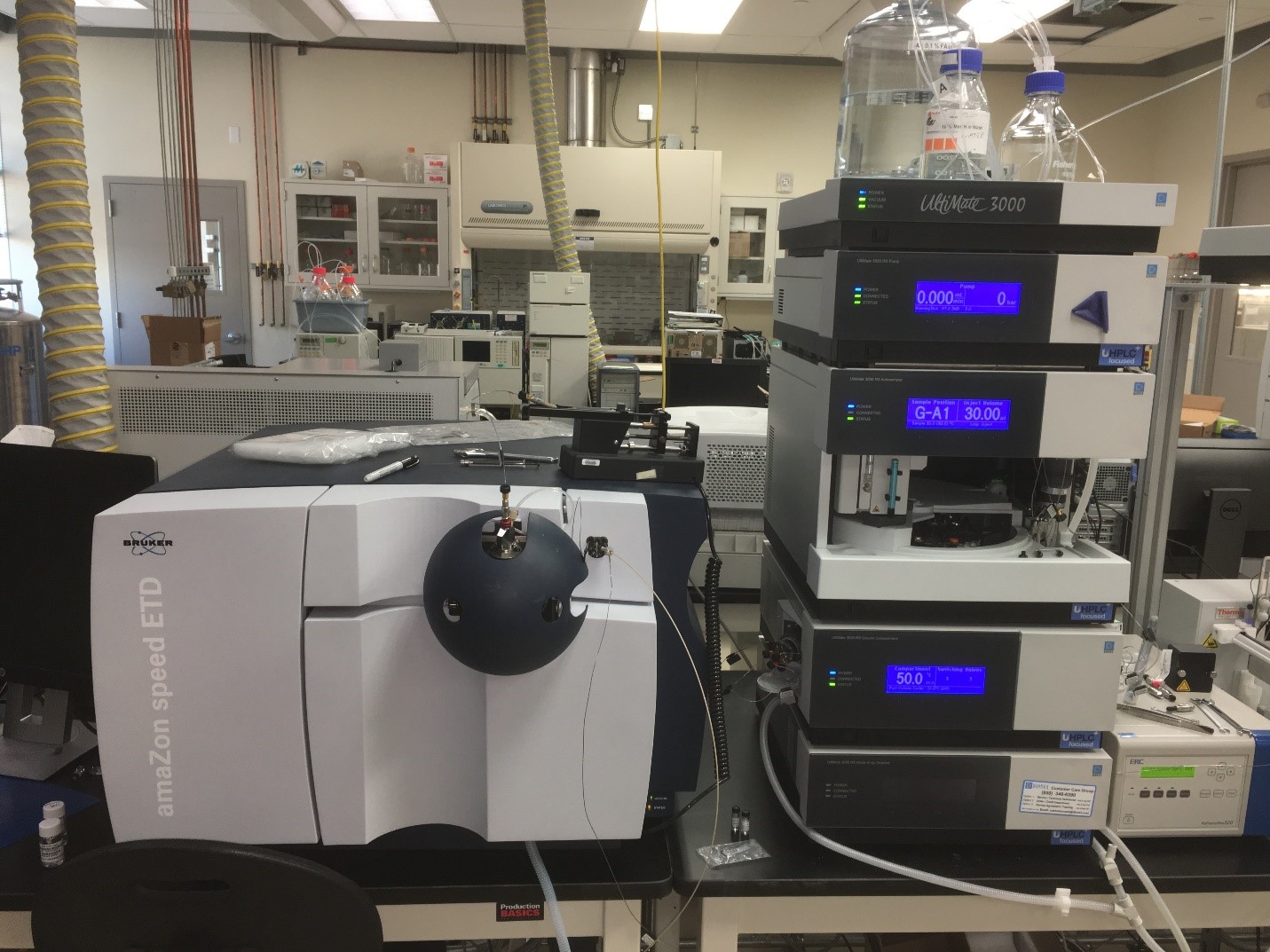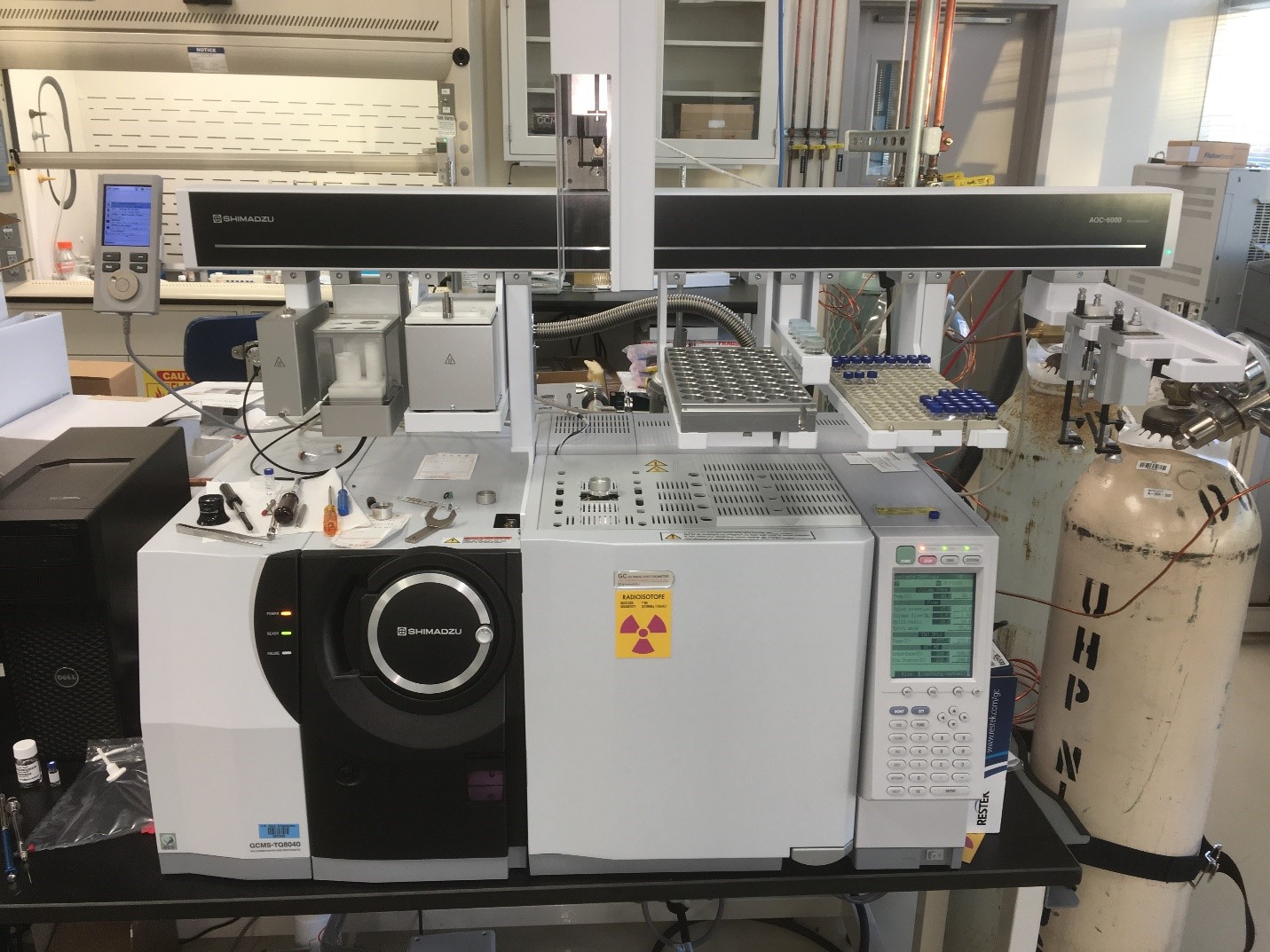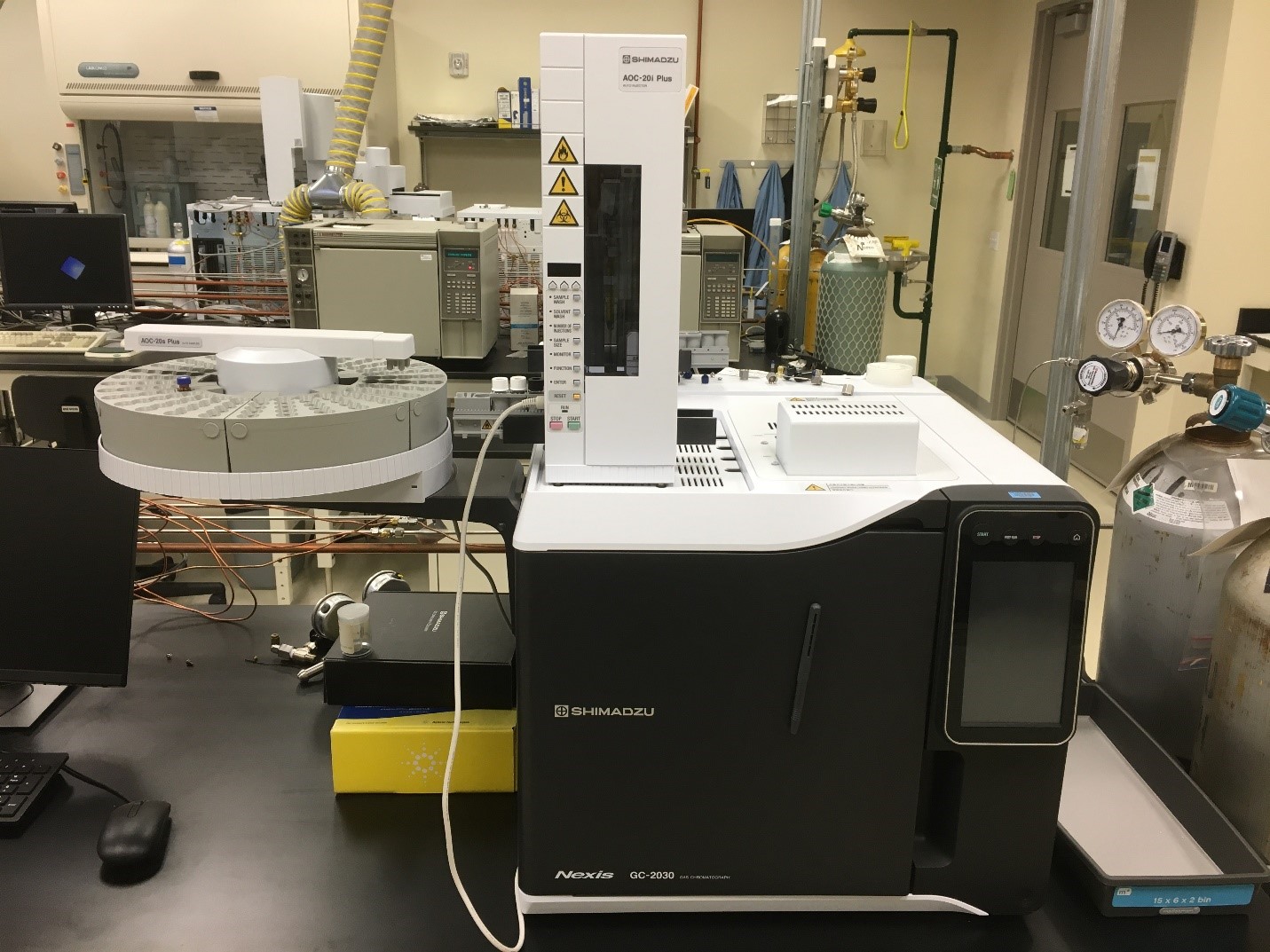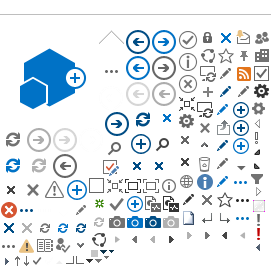Bruker micrOTOF-Q II Quadrupole Time-of-Flight Mass Spectrometer
This instrument is a high-resolution accurate mass quadrupole-time-of-flight mass spectrometer, with electrospray, nanospray, atmospheric-pressure chemical ionization, and atmospheric-pressure photoionization sources with a mass range of 50-3000 m/z, an average resolution (m/Δm, width at 10%) of 8,000, and the capability to perform collision-induced dissociation (CID) tandem mass spectrometry experiments, up to MS2. This instrument is housed in laboratory space permitted to handle low-level uranium-containing radioactive samples. This instrument is connected to a Waters H-Class Plus Ultra High Performance Liquid Chromatorgaph (UHPLC), for chromatographic separation of samples prior to mass analysis. This instrument is primarily used for identification and quantification of organic unknowns, although it can also be used for cluster studies.
Bruker amaZon Speed ETD Ion Trap Mass Spectrometer
This instrument is a quadrupole ion trap mass spectrometer, with electrospray, nanospray, atmospheric-pressure chemical ionization, and atmospheric-pressure photoionization sources with a mass range of 25-3000 m/z and the capability to perform collision-induced dissociation, electron-transfer dissociation (ETD), and proton-reaction dissociation (PRD) tandem mass spectrometry experiments, up to MS9. This instrument is housed in laboratory space permitted to handle low-level uranium-containing radioactive samples. This instrument can be connected to a Thermo Dionex Ultimate 3000 Ultra High Performance Liquid Chromatorgaph (UHPLC), for chromatographic separation of samples prior to mass analysis. This instrument is primarily used for metal ligand cluster fragmentation studies, although it can also be used for identification and quantification of unknowns.
Thermo LCQ Deca XP Max Ion Trap Mass Spectrometer
This instrument is a quadrupole ion-trap with electrospray and nanospray ionization sources, with a mass range of 15-1200 m/z and the capability to perform collision-induced dissociation tandem mass spectrometry experiments up to MS10. This instrument is located in a Contamination Area, permitted to handle high-activity radioactive samples. This instrument is primarily used for metal ligand cluster fragmentation studies, although it can also be used for identification and quantification of unknowns.
Thermo LCQ Deca XP Plus Ion Trap Mass Spectrometer
This instrument is a quadrupole ion-trap with electrospray and nanospray ionization sources, with a mass range of 15-1200 m/z and the capability to perform collision-induced dissociation tandem mass spectrometry experiments up to MS10. This instrument is housed in laboratory space permitted to handle low-level and sealed radioactive samples. This instrument is primarily used for metal ligand cluster fragmentation studies, although it can also be used for identification and quantification of unknowns.
LECO Pegasus 4D 2-Dimensional Gas Chromatography Time-of-Flight Mass Spectrometer
This instrument is a two-dimensional gas chromatograph with a time-of-flight mass spectrometer detector.The mass spectrometer has an electron impact ionization source, unit mass resolution, and a mass range of 10-1000 m/z. This instrument can be equipped with a CDS Analytical pyrolyzer for analysis of solids. This instrument is excellent for identifying organic components in very complex mixtures, and is adequate for quantification.
Other Gas-Chromatography Instruments
The facility has several single dimension gas chromatographs with mass spectrometry detectors. Most have single quadrupole mass analyzers with electron impact ionization, but one has a triple-quadrupole mass analyzer with electron impact, and positive and negative chemical ionization sources. The facility also has numerous gas chromatographs with flame ionization, barrier ionization, electron capture, flame photometric, nitrogen-phosphorous, and thermal conductivity detectors. Most instruments are configured for liquid analysis, though some are dedicated for gas and non-condensable analysis. These instruments are used for characterization of organic unknowns, and quantification measurements.
 
Nuclear Magnetic Resonance Instruments
The CR2 also has access to three NMR spectrometers: two high-field spectrometers for use on non-radioactive samples and one low-field spectrometer that is capable of handling radioactive samples as it resides at the MFC RCL.
The two high-field spectrometers are Bruker Avance III consoles coupled to cryomagnets with field strengths of 9.4 and 14.1 T (ν_(_^1)H = 400 and 600 MHz, respectively) and reside in the Energy Innovations Laboratory (EIL). The 9.4 T system is currently configured for a 4 mm solid-state Magic-Angle Spinning (MAS, νmax = 15 kHz) probe, but can be configured with a 5 mm broadband solution-state probe if the need arises. The broadband channel on the solid-state probe can be tuned from 15N to 31P (40 – 161 MHz). The 14.1 T system is dedicated to a room-temperature 5 mm solution-state probe with a broadband channel capable of tuning from 109Ag to 19F in frequency (28 – 564 MHz). This probe also includes a z-gradient, so experiments requiring gradient pulses can be used (e.g., Diffusion Ordered SpectroscopY, or DOSY). Finally, this system also includes the ability to run variable-temperature experiments between -150 and +80 °C. The low-field spectrometer in RCL is an Anasazi Eft-90 coupled to a 2.1 T electromagnet (ν_(_^1)H = 90 MHz). This instrument has a 5 mm solution-state broadband probe that can be tuned from 29Si to 19F (17 – 84 MHz). As part of the RCL, millimolar concentrations of radioactive metals are available for use in experiments. There are plans to update RCL NMR capabilities by acquiring a high-field 9.4 T cryomagnet and Bruker Neo console with variable-temperature capabilities. This instrument is currently on the INL Integrated Priority List and would significantly increase the resolution of experiments with active samples at RCL.
|


